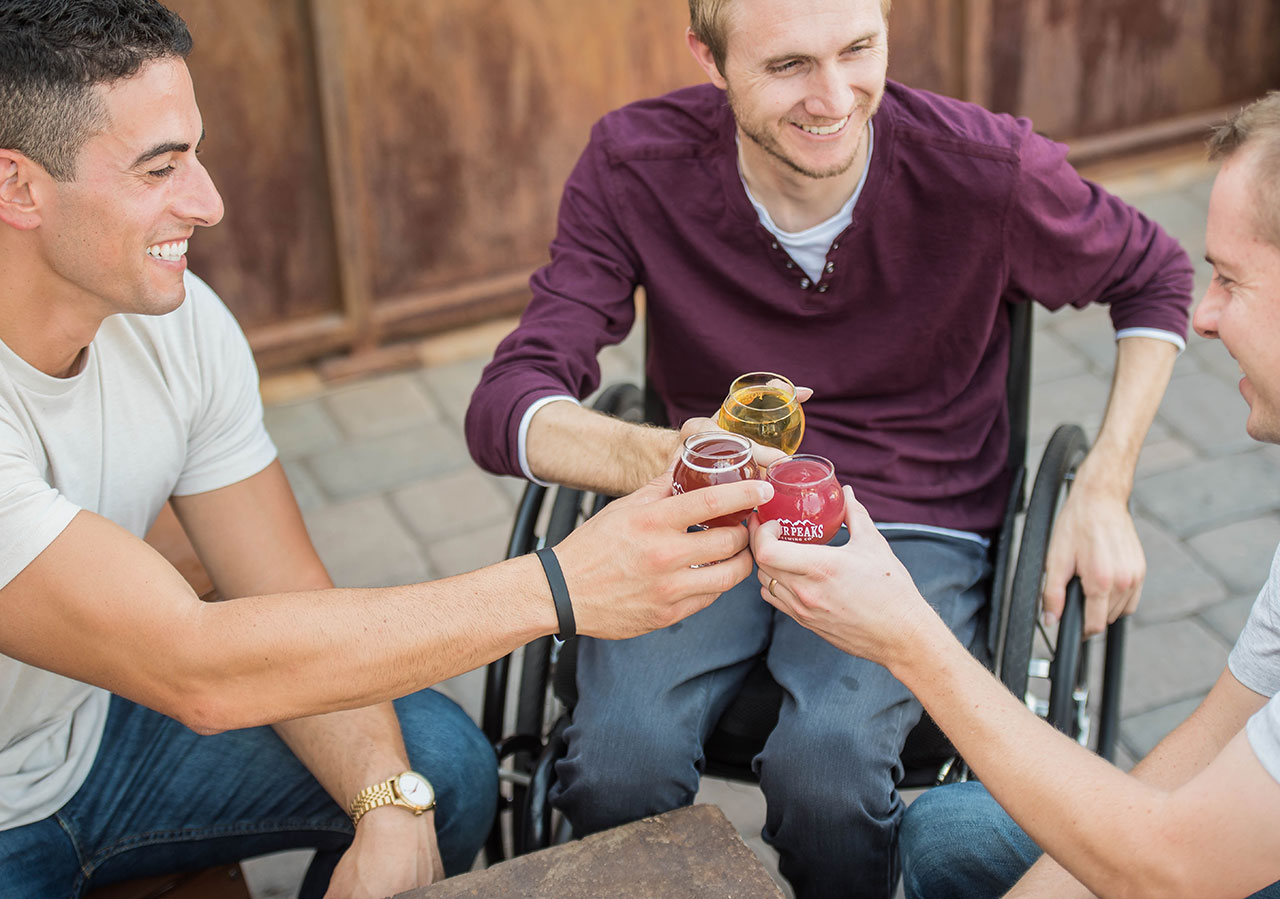
The road to more inclusive experiences is rarely straightforward, which is why it’s imperative for organizations to consider as many voices as possible along their inclusion journey. Whether it’s how quickly news travels via social media or how to have conversations with marginalised communities, the sheer myriad of variables for brands to consider can seem overwhelming. Recently, though, I had the privilege of participating in these conversations at our Inclusive Experiences Exchange, and what follows are the key takeaways I believe organizations like yours can (and should), utilise as you strive to design experiences that work for the wider customer community.
Mistakes Will Be Made
No matter where your brand is on its Inclusion journey, some amount of mistakes and missteps are, unfortunately, to be expected. Because of that, while it’s obviously great to have an experience team that’s both proactive and that has an eye for detail, it’s also important to focus on how to respond to mistakes when they occur. Quite simply, the key here is to accept that mistakes will be made and to be prepared to be both visible and sincere in how you respond. This will compel customers to forgive your mistakes and result in positive messaging for your brand.
The Speed of Social
There’s another factor to having visibility and sincerity in your mistake response toolkit, and it’s the speed at which social media can bring worldwide attention to company blunders. In this day and age, such missteps can spread like wildfire across review sites and related media, making it all the more vital for brands to be sincere in their responses. Acknowledging that a mistake was made and taking steps to meaningfully improve it, hopefully with the aid of an Experience Improvement (XI) framework, can help stem the tide of negative social media attention..
Don’t Shy Away from Conversations
Being able to learn from your mistakes is of obvious importance to Experience Improvement, but how else might you and your team learn about creating more inclusive experiences? Working directly with the people and groups you want to expand your tent for is the best practice here; never presume that you know best. Additionally, while it’s important to refrain from pigeonholing your customers and employees by the traits that make them marginalized, it’s also vital to acknowledge the challenges they face and to embrace those differences. This holistic approach to conversation will help your inclusion efforts as much as being gracious about mistakes.
Want more best practices for how you can craft inclusive experiences? Check out “Designing Experiences with Inclusivity and Accessibility in Mind.“ In this white paper, you will learn:
- What inclusivity means for experience professionals
- How seven steps will help you develop an inclusive and accessible strategy
- What the principles of inclusive experience design are and how they benefit your organization


